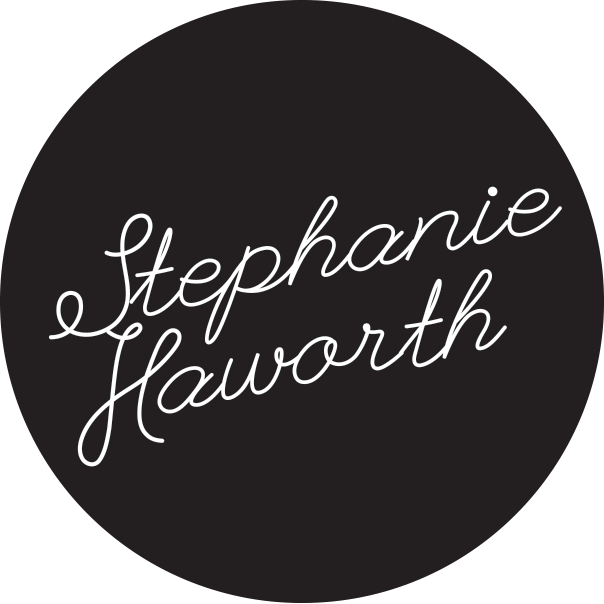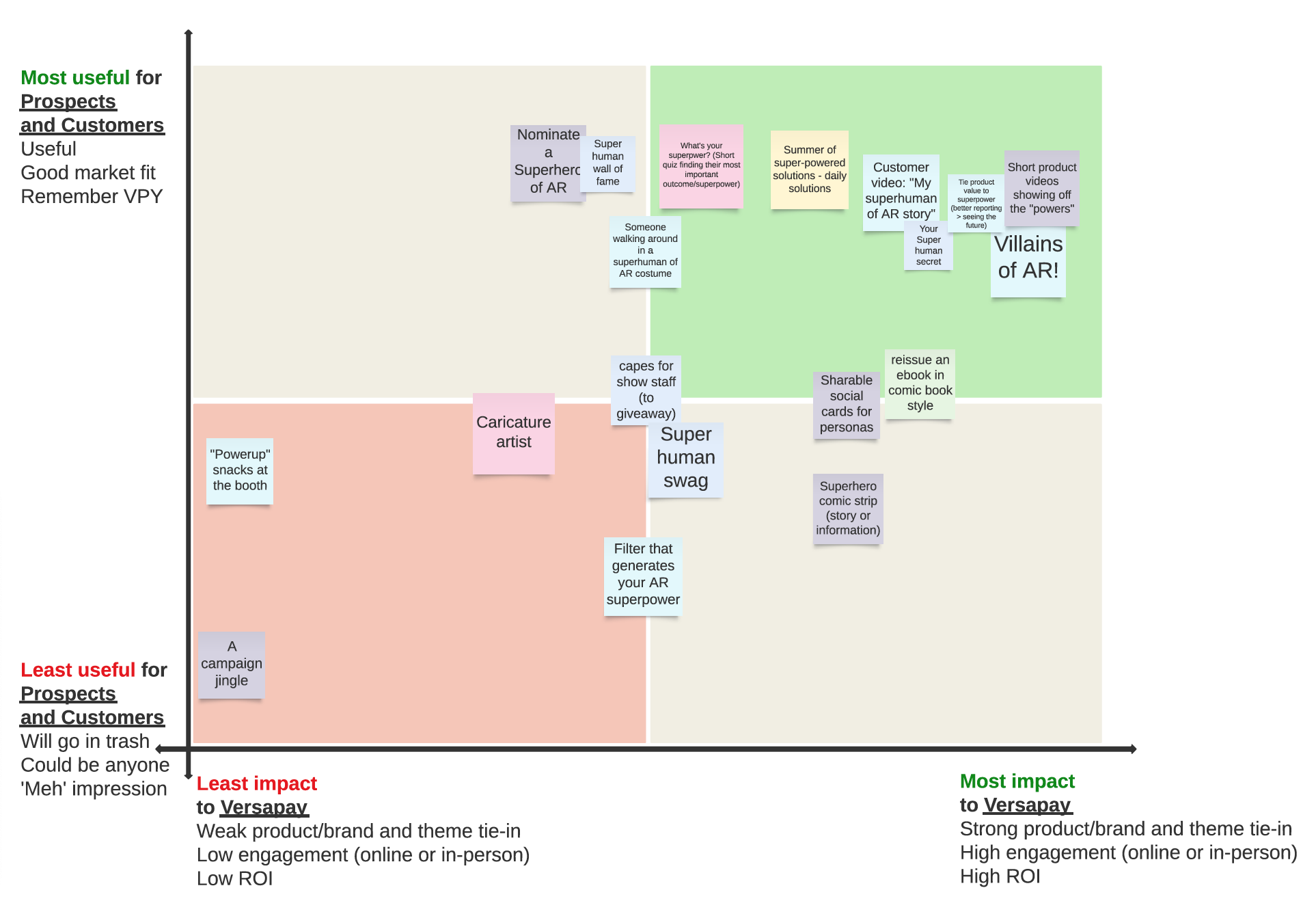Working with executives can feel like designing for five vastly different clients, all stacked in a trench coat pretending to be one cohesive decision-maker. You’ve got the CEO with a broad vision, the CFO focused on costs, the Product leader eyeing customer experience, and the Marketing leader advocating for pipeline impact—all pulling in different directions. Getting them aligned on a singular path forward isn’t just challenging; it’s an art form.
Yet, as a creative strategist and leader, I’ve refined a system that ensures alignment every time. Here’s how I do it:
Step 1: Lay the Ground Rules and Set the Stage
The first step to executive alignment is setting clear expectations. I run workshops designed to surface priorities, uncover non-negotiables, and build actionable next steps.
I make one thing very clear: attendance is non-negotiable. If you don’t participate in the full session, you don’t get to argue with the outcome. This ensures that all voices are heard and prevents endless revisiting of decisions.
And for those worried about schedules, I say this: if it’s truly urgent, the C-Suite will make time. Often, urgency cuts through scheduling conflicts, ensuring everyone is present and engaged.
Use the invite or a follow-up email to flag key details:
Join from a computer, not a phone—workshops are hands-on!
Include a FigJam or Miro playground link so first-timers can get familiar with the tools.
Bring paper and sharpies for sketching workshops (yes, even CEOs and VPs can sketch user journeys or landing page layouts—no artistic skills required!).
Step 2: Require Pre-Work to Use in the Workshop
Every workshop starts with a simple yet effective pre-work assignment included in the calendar event invite that I send out. Each executive spends five minutes answering a specific question, such as:
Why is this initiative important?
What’s the primary goal from your perspective?
What customer problem do you believe this solves?
These answers form the foundation of the workshop, and I usually ask attendees to email or Slack message me their statement, which I then put into the workshop template. At the start of the session, I have everyone read their responses aloud. I then ask workshop attendees to work together to create a single statement—it might be a value proposition, purpose statement, or even a hypothesis. I’ll ask questions like:
Who does this initiative serve?
What words do you see repeated across everyone’s statements?
Is there a surprising word or phrase that stands out? Why?
This activity aligns the group on the purpose and scope of the session, while surfacing what we know that might affect decision-making and what we don’t know that requires more research. (Spoiler alert: what we “don’t know” can often end up in the Action Plan!)
Each person has their own perspective. I ask them to work together to create one cohesive rationale, hypothesis, or problem statement.
Step 3: Embrace Silent Work
To avoid the pitfalls of hierarchy and "CEO bias," the bulk of my workshops involve silent activities. Using FigJam (or Miro, LucidSpark, etc.), I design exercises where participants brainstorm, categorize sticky notes, and vote silently.
This approach ensures that every voice is heard—especially those of quieter participants or lower-level employees who might be included in the session. It eliminates the tendency for the loudest or highest-ranking voice to dominate, allowing brilliant but overlooked ideas to rise to the surface.
Examples of silent work include filling out sticky notes and then silently categorizing similar items.
Step 4: Use Timers and Redirect with Grace
When people do need to speak, I use timers to keep us on track. Discussions can easily derail into unrelated or out-of-scope topics, so I make it my job as the facilitator to redirect.
A favorite technique? Blame the timer. “Great point, but we’re out of time on this. Let’s capture it and revisit later.” This approach keeps things moving while ensuring no one feels dismissed. I will usually physically write out the comment or question on a sticky note and put it in a “Parking Lot” or “Idea Garden” section. When people see their note has been literally written down, it tends to make them okay with moving on.
Step 5: Prioritize Using Matrices
To navigate competing priorities, I include prioritization matrices customized to the group’s needs near the end of the workshop. After we have identified the best ideas through categorizing and voting, I will encourage us to prioritize based on two factors. Together, the executives decide on the X and Y axes, such as:
Impact vs. Feasibility
Cost vs. Customer Satisfaction
Effort vs. Urgency
Sometimes, multiple matrices are necessary for more complex problems. In those cases, we compare overlaps to identify the most valuable ideas.
Workshop matrix example for prioritization
Step 6: End with a Clear Action Plan
Workshops without actionable next steps are wasted time. I use frameworks like DACI or RACI to define roles:
Driver (responsible for moving the action forward, max. 1 person)
Approver (ultimate decision-maker when conflicts arise, max. 1 person)
Contributors (provide input and often do the work)
Informed parties (need updates but are not “doing the work”)
We focus on 1–4 actionable steps, such as conducting research, building project plans, or creating deliverables. It can be helpful to also list the level of effort (LOE) or any significant blockers. This ensures:
Momentum without overwhelming the team
Clear responsibilities and alignment
Blockers each driver can address to move forward
Action plan example
Step 7: Recap and Reinforce
Immediately after the workshop, I send a recap email detailing:
What we accomplished
Links to the workshop board and relevant documents
Next steps and assigned roles
This step ensures alignment sticks and provides a record for anyone who might need to revisit the decisions. A brief writeup from memory is usually fine, and with new AI assistants in video conferencing apps, it’s easier than ever to export an automatic recap.
As a bonus, after I send my recaps I often receive emails from participants sharing how impressed they were with the workshop—whether it’s about how effective it was or how much they accomplished in such a short time! It’s a great way to show that you’re on top of the details and to log positive feedback.
Why This Works
Workshops like this aren’t just about decision-making; they’re about creating a process that executives trust. When leaders leave a session surprised by how much they accomplished, they’re more likely to buy into the process for future initiatives.
Whether the workshop is 45 minutes with 3–4 people or 2–3 hours with a larger team, these strategies consistently yield alignment, actionable outcomes, and a sense of accomplishment for all involved.
Executive alignment can make or break a project, and having a clear process is key to success. Want to see this in action? Check out this project where I facilitated executive alignment to drive results.
If your team is struggling to get on the same page or move forward effectively, I’d love to help. Let’s design a workshop tailored to your goals—reach out to me here to get started!






